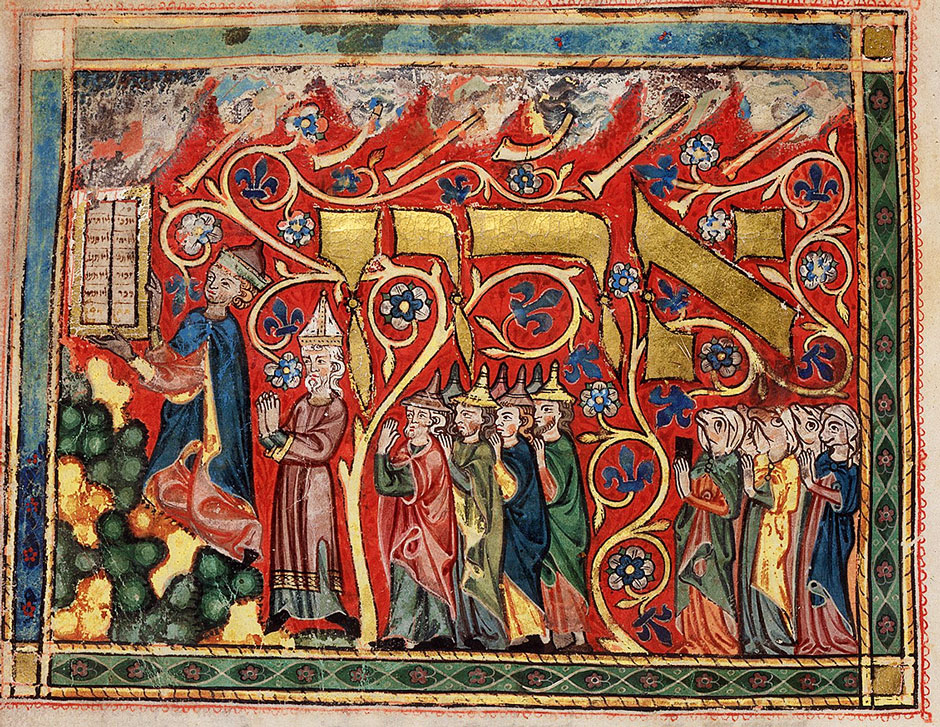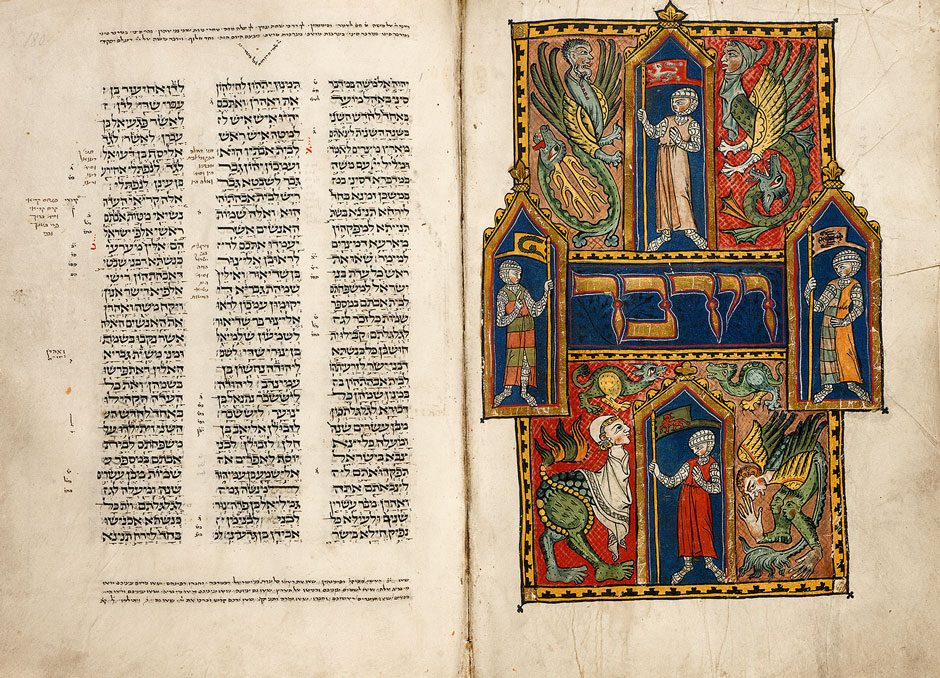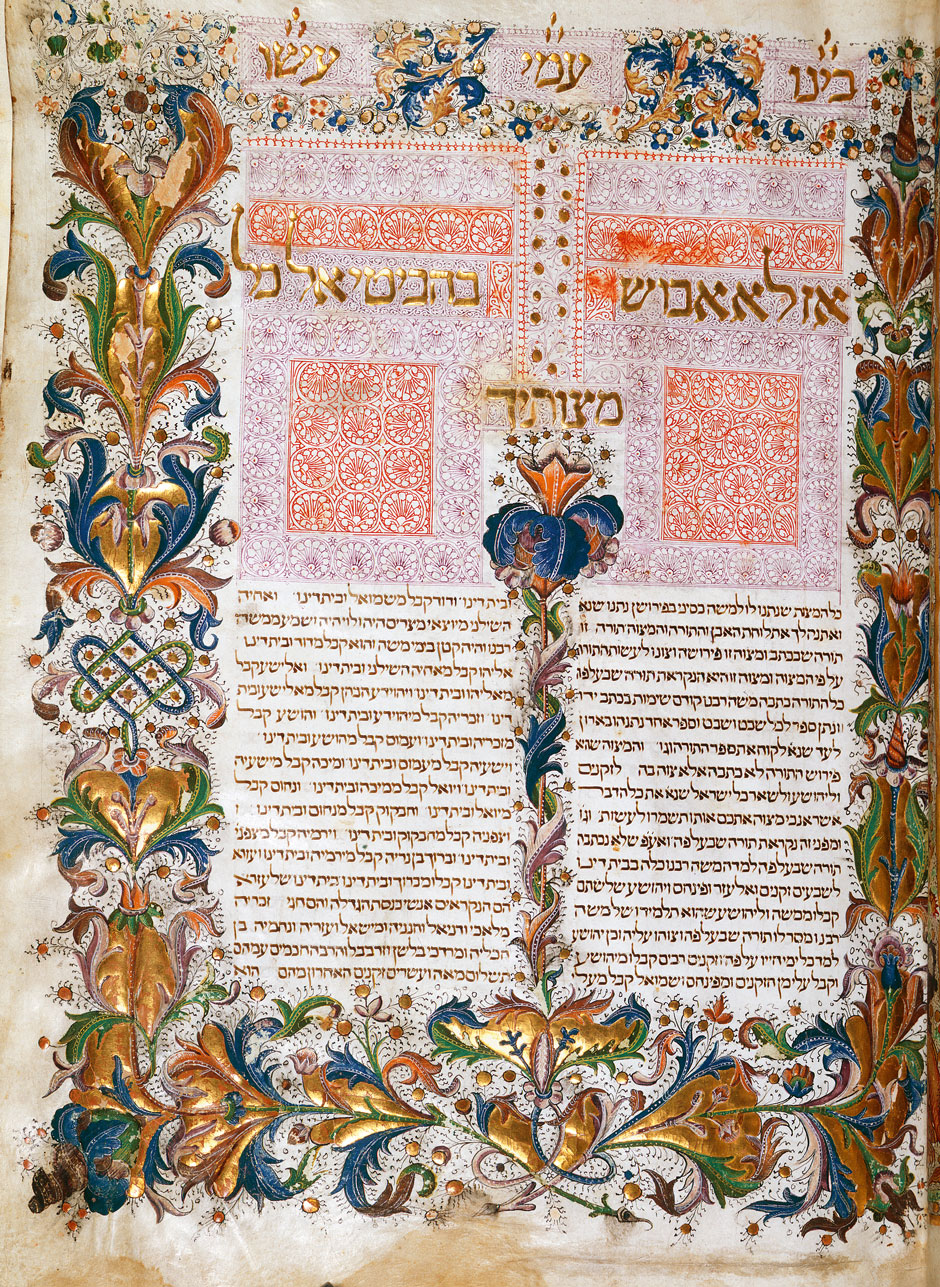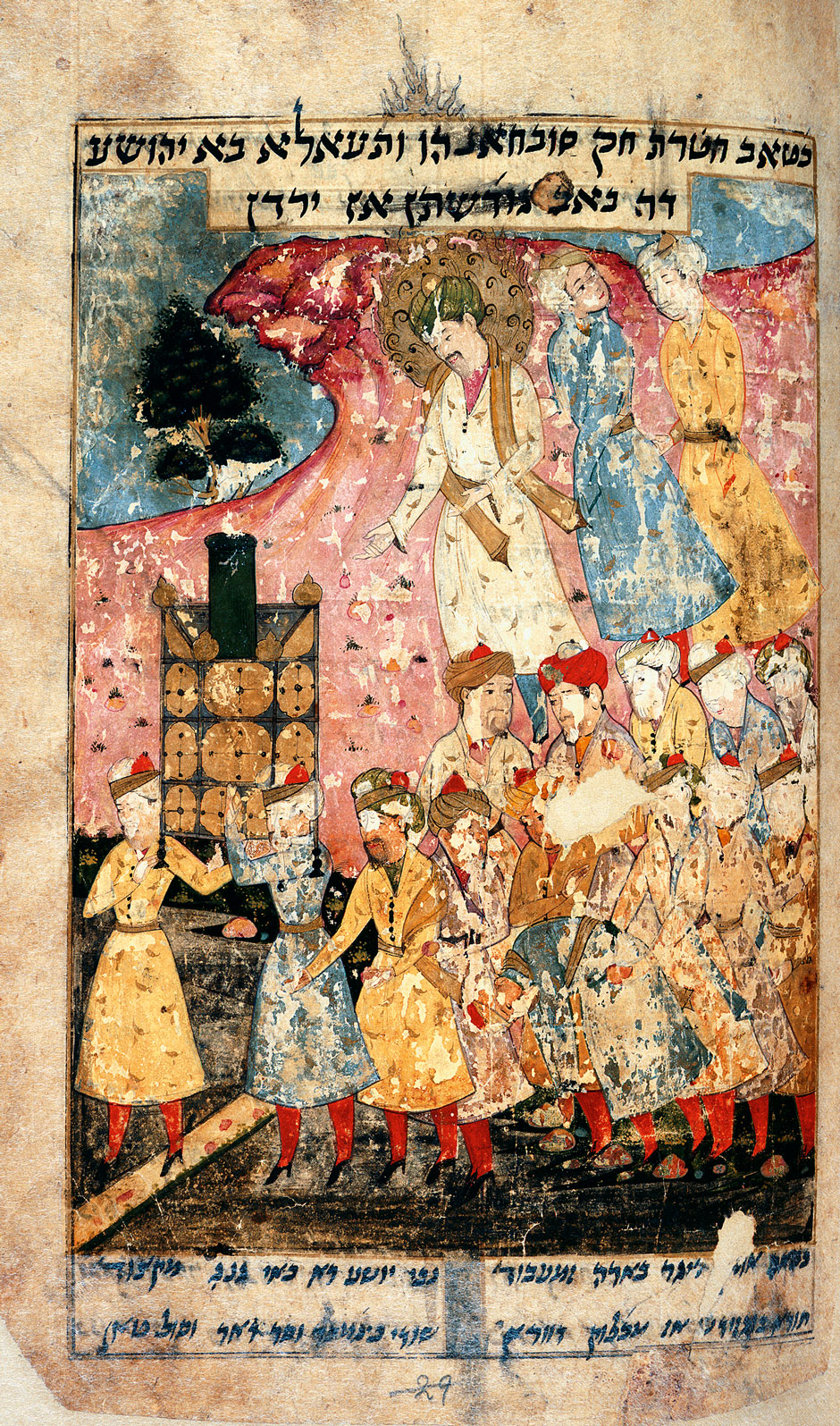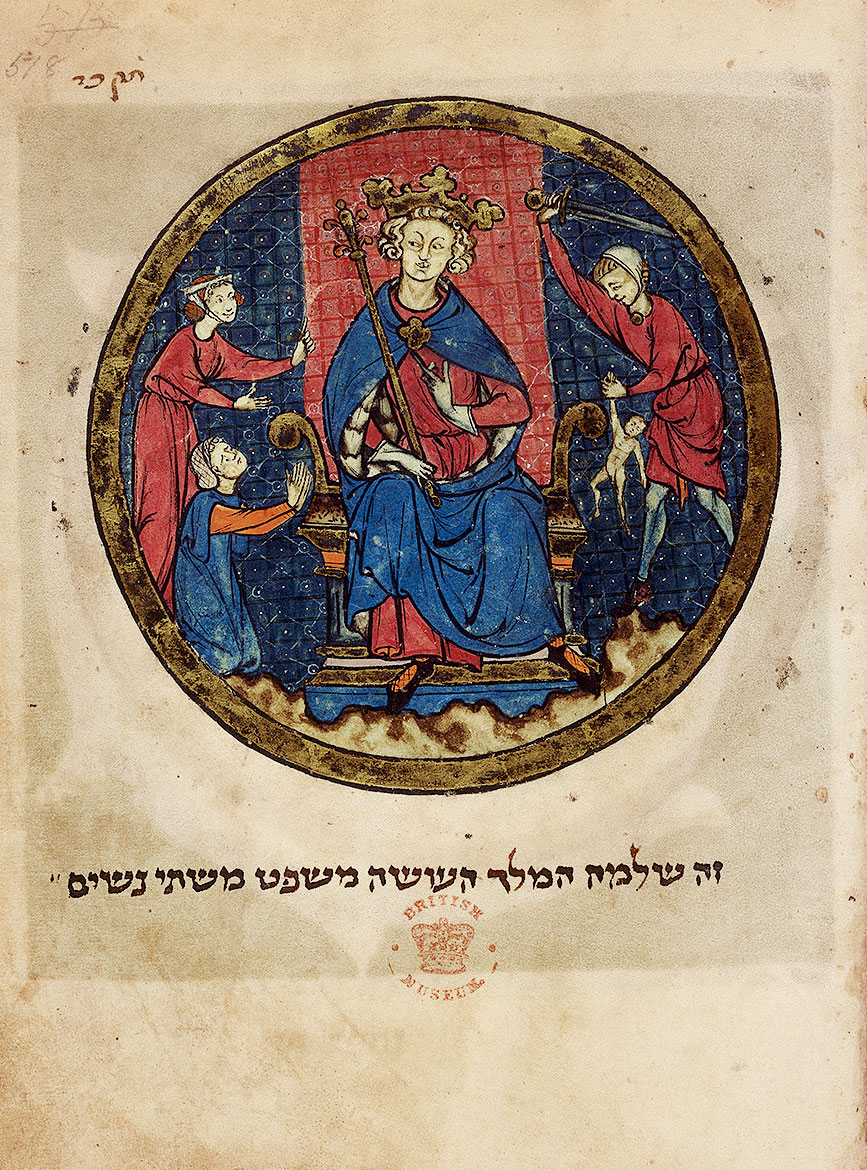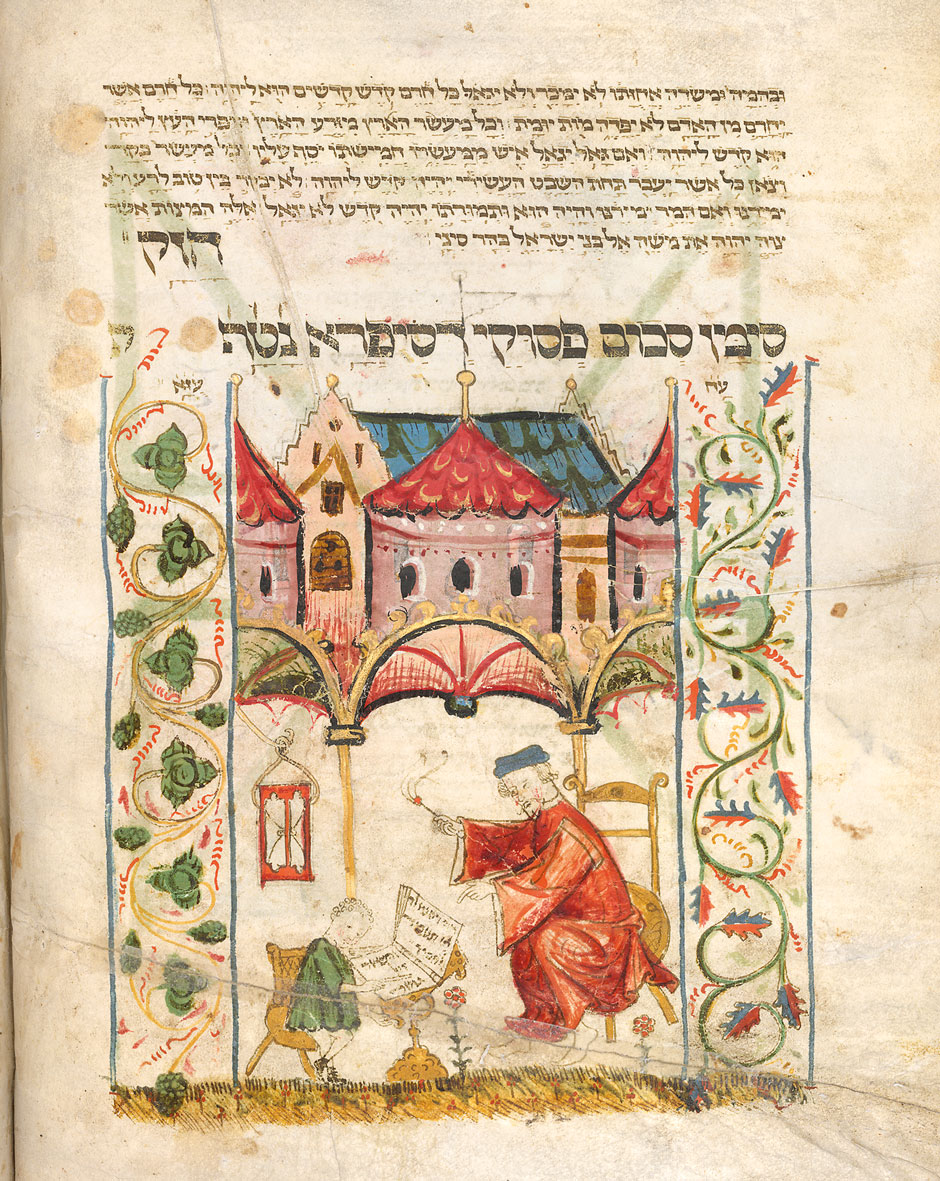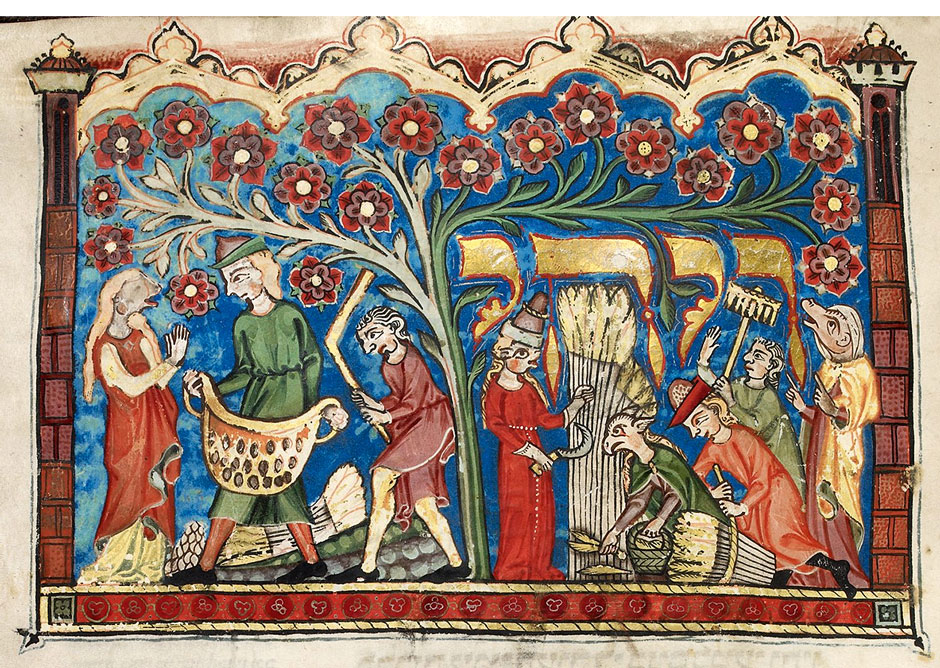Since the late eighteenth century, Jews have often been viewed as contributing little to the visual arts. The idea began with Enlightenment thinkers, such as Kant, whose disdain for sensory experience led him to praise what he considered to be the admirably abstract, image-less, and therefore philosophical nature of ancient Hebrew religious thought. Since then, Jews’ alleged disregard for aesthetics has been variously attributed to the Second Commandment’s prohibition against graven images, or to a logocentric culture’s lack of interest in the visual realm. Jews have even been said to have a defective sense of color.
Although the iconophobia of pre-modern Jewry has now been thoroughly debunked by scholars—Kalman Bland’s Artless Jew: Medieval and Modern Affirmations and Denials of the Visual (2000) details a rich history of Jewish aesthetic theory and artistic production—it is all too often replaced by a stereotyped idea of Jewish art, all caftans and camels or dancing violinists, and in any case distinctly archaic and thoroughly kitsch. Like the idea of the single-mindedly bookish Jewish scholar, this stereotype emphasizes the Jews’ cultural difference, in that it imagines Jews as quaint, rural, and/or exotic, separate in habit, dress, and mindset from the peoples among whom they live.
The gorgeously illustrated volume Skies of Parchment, Seas of Ink: Jewish Illuminated Manuscripts, edited by Marc Epstein, should challenge almost all assumptions about Jewish identity, difference, or art. Its twelve instructive chapters and 287 full-color images survey a stunning array of illustrated books made for Jews from the twelfth to the twenty-first centuries. There are legal works slathered in gold leaf, and haggadoth (Passover seder texts) and prayer books whose margins bloom with botanically accurate flora and fauna. Although such manuscripts served Jews’ religious needs, Epstein repeatedly emphasizes their similarity (in style, composition, quality, and cost) to books made for contemporary Christians and Muslims.
Skies of Parchment also contains a number of secular manuscripts that have nothing to do with the practice of Judaism. Only the Hebrew lettering tells us that the dashing, turban-wearing protagonist of the verse epic The Book of Conquest is a Jewish rather than Persian hero. And a medical text in Latin betrays its “Jewishness” only in the fact that its anatomical chart shows a man with a circumcised penis. The majority of the illustrations are executed in the most up-to-date styles, often by the same artists and workshops patronized by Christian and Muslim book-loving nobles and burghers, suggesting that Jews and their neighbors had similar social values and ideas of beauty.
In most cases, the figures depicted in these books share the clothing, habits, and surroundings of the majority culture. In a thirteenth-century French miscellany, King Solomon is arrayed like a Capetian king. A teacher chastising his pupil could be any university-educated Christian pedagogue, and an illustration from a Spanish Haggadah depicts Moses and his family returning from Midian in a way almost identical to (indeed, they are directly modeled on) Mary, Joseph, and Jesus fleeing to Egypt. The hybrid beasts and grotesqueries that festoon these pages are as bizarre, silly, and scatological as any of the wildest flights of medieval Christian illuminators’ fancy. And although Jews did differ from Christians in generally avoiding depictions of the deity, even God makes an occasional appearance, his haloed bust emerging from a cloud to instruct the Psalmist, as he would in any Christian manuscript.
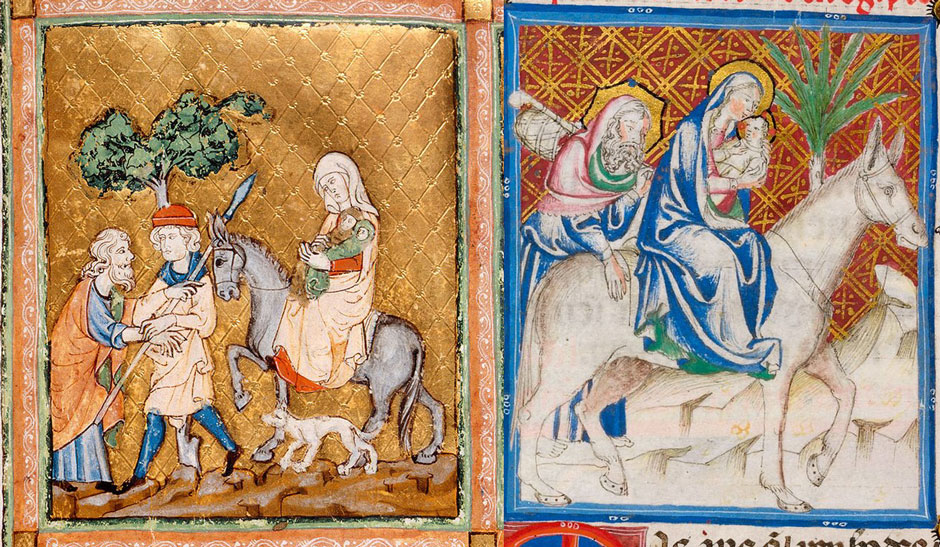
The British Library
left, An image from The Golden Haggadah showing Moses and his family returning to Egypt from Midian, Spain, Barcelona, circa 1320; right, an image from the Breviari d’Amour by Matfré Ermengau of Béziers showing Mary, Joseph, and the infant Jesus fleeing Bethlehem for Egypt, Eastern Spain, last quarter of the fourteenth century
There is one striking exception to the overall non-distinctiveness of Jewish art and self-representation: the small group of German manuscripts made in the thirteenth and fourteenth centuries that depict human figures with the heads of griffins, birds, or animals. This approach is convincingly analyzed as not just an exceptional attempt to observe the Second Commandment by avoiding human representation, but as a creative way to deploy aspects of nature as positive symbols of Jewish identity. In light of the thousands of human figures we encounter throughout this beautiful volume, one wonders whether it wasn’t also a way for select patrons to distance themselves not only from Christians but also from their less rigorous co-religionists—an indication of the considerable diversity, even tension, within medieval Jewry.
Advertisement
Judaism may have been a minority, rejected, or even despised faith for much of its history, but this survey of the Jewish illustrated book shows that medieval Jewish elites conceded nothing to their Christian and Muslim counterparts when it came to fashion, taste, and extravagance. In their pursuit of beauty and luxury they employed the same artists, shared the same aesthetics, wore the same fashions, and even used the same compositions and (with modifications) symbols as Christian and Muslim elites. Some scholars and observant Jews find such similarities difficult to square with Jewish piety, and the sometimes uncomfortable reality of Jews’ insecure legal status. In her book Antisemitic Hate Signs in Hebrew Illuminated Manuscripts from Medieval Germany, the late Ruth Mellinkoff even hypothesized that Christian artists snuck sly anti-Jewish messages into the manuscripts they made for unsuspecting Jewish patrons. Epstein and his colleagues, more convincingly, see this cultural boundary blurring—variously called syncretism, acculturation, hybridity, mimicry—as a form of creativity and a sign of confidence, even defiance. But the very existence of such a debate may point to an intrinsic aspect of Jewish history. It seems possible that, in fact, the only real “essence” of Jewishness is a constant, complex, and ultimately unresolvable dialectic between accommodation and resistance.
Skies of Parchment, Seas of Ink is published by Princeton University Press


